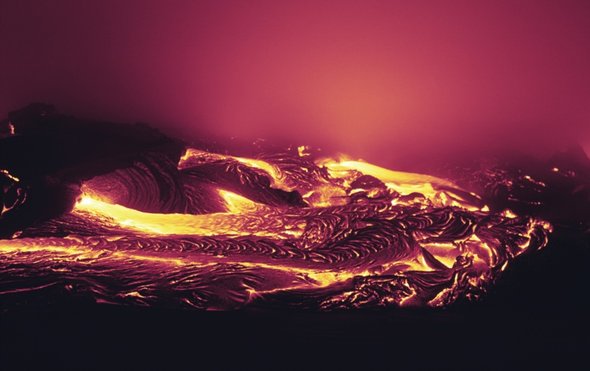Hi, I'm Scientific American podcast editor Steve Mirsky. And here's a short piece from the April issue of the magazine, in the section we call Advances: Dispatches from the Frontiers of Science, Technology and Medicine:
Hot Rocks by Shannon Hall
For the past 200 million years New England has been a place without intense geologic change. With few exceptions, there have been no rumbling volcanoes or major earthquakes. But it might be on the verge of awakening.
Findings published this January in the journal Geology show a bubble of hot rock rising underneath the northern Appalachian Mountains. The feature was first detected in 2016 by EarthScope, a collection of thousands of seismic instruments sprinkled throughout the U.S. Vadim Levin, a geophysicist at Rutgers University, says this wealth of sensors lets earth scientists peer under the North American continent, just as the Hubble Space Telescope has enabled astronomers to gaze deep into the night sky. Should the broiling rock breach the surface—which could happen, though not until tens of millions of years from now—it would transform New England into a burbling volcanic landscape.

The finding has sparked many questions, given that New England is not located along an active plate margin (where one tectonic plate rubs against another) but sits squarely in the middle of the North American plate. The exact source of the hot rock bubble, for example, is unclear. Because the edge of the North American continent is colder than a plate near an active margin, Levin suspects this edge is cooling the mantle—the layer just below the crust that extends toward the earth's core. As cold chunks of mantle sink, they may displace hotter segments, which would rise toward the surface. Scientists believe they have now imaged such an ascending piece. Although it sounds simple, this scenario is — according to Levin — "a story that at present does not have a place in a textbook."
Or perhaps pieces of the North American continent are breaking off and sinking into the mantle (which would also push the warmer mantle upward), observes William Menke, a geophysicist at Columbia University, who was not part of the study.
Scientists do not yet know which model is correct or if an entirely different one may be involved. Levin and his colleagues are eager to collect more data to bring this unusual hotspot into sharper focus and, in doing so, flesh out the theory of plate tectonics. He says, "we know little about the interior of our planet, and every time we look with a new light... we find things we did not expect. When we do, we need to rethink our understanding of how the planet functions."
That was Hot Rocks by Shannon Hall.












